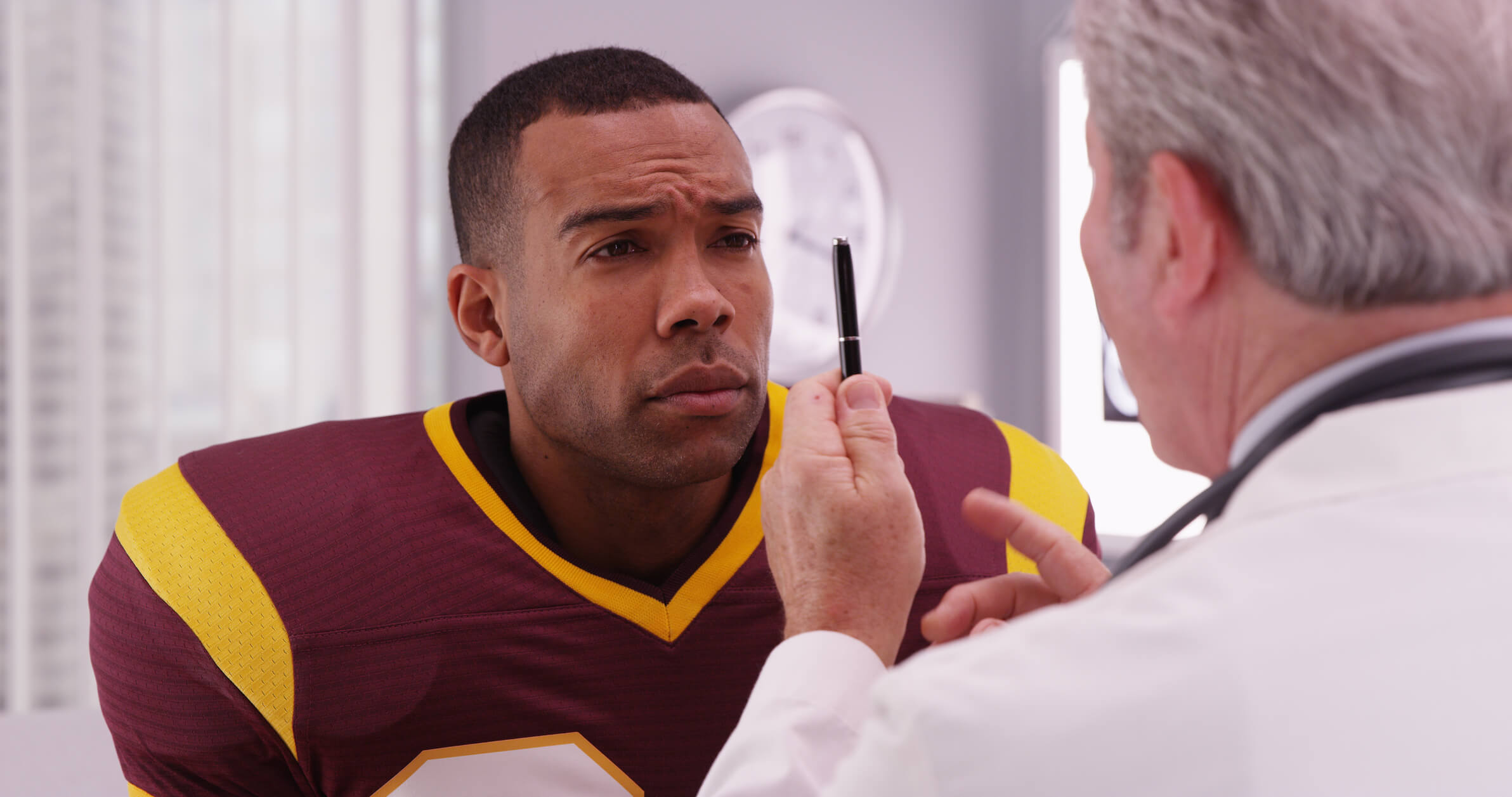Consider the hidden costs beneath the exhilaration of sports’ thrilling moments – the ever-present risk of brain injuries. From youth leagues to professional arenas, traumatic brain injuries cast a shadow over the sporting world.
These injuries aren’t fleeting setbacks. They can alter an athlete’s life, affecting their health, career, and personal well-being. Yet, the legal rights and protections for athletes dealing with these injuries remain a complex and often misunderstood territory.
Don’t let uncertainty become another adversary in the realm of sports. Arm yourself with knowledge and a clear understanding of your legal protections and rights.
Brain Injuries in Sports: A Hidden Menace
Concussions, often downplayed, are among the most recognized yet underestimated brain injuries. In reality, they represent mild forms of traumatic brain injuries with potentially severe consequences. These injuries occur when a forceful impact results in a temporary loss of normal brain function. Sports like football, hockey, and soccer, characterized by frequent physical contact, witness a high incidence of concussions. Recognizing and addressing these injuries promptly is crucial, as symptoms can vary from headaches and dizziness to memory loss and disorientation.
Chronic Traumatic Encephalopathy (CTE) is a grave brain condition attributed to repeated head injuries. Initially identified among boxers in the early 20th century, it has emerged as a significant concern within sporting communities. Its symptoms include cognitive decline, mood disturbances, and behavioral alterations. What sets CTE apart is its irreversible nature and the challenge of definitive diagnosis.
Brain injuries in youth sports have become an expansive concern. The vulnerability of children and teenagers makes them more prone to such injuries. Sports like soccer, particularly the practice of heading the ball, and youth football have attracted scrutiny.
The apprehension extends beyond the immediate aftermath of a concussion. The cumulative impact of minor, recurrent traumas over time can carry substantial implications.
Legal Framework for Athlete Protection
There is a blend of federal and state laws that may apply. Noteworthy laws like the Lystedt Law, initially implemented in Washington State, have set a significant precedent. This legislation mandates the education of coaches, athletes, and parents on concussions. Moreover, it demands the immediate removal of an athlete from play after a concussion.
In addition to government regulations, sports leagues have implemented policies to address brain injuries. The NFL, for example, has adopted strict concussion protocols, penalties for dangerous plays, and research investments. Other leagues and associations have also developed policies. Nonetheless, critics argue that more is necessary for consistent athlete protection across all levels.
Despite progress in legal frameworks and sports policies, significant gaps persist. Enforcement remains a problem because it often relies on sports organizations, which can create conflicts of interest. The pressure to perform and financial interests can sometimes overshadow safety. Furthermore, varying state laws create an uneven landscape.
Another significant gap exists in the absence of comprehensive regulations. Professional leagues like the NFL and NBA have developed extensive protocols. However, similar standards are often absent in amateur sports. Furthermore, current regulations primarily focus on response and post-injury management, with less emphasis on prevention.
Rights of Athletes and Legal Recourse
Following a brain injury, athletes are entitled to specific rights vital for their well-being and future in sports. Among these rights is access to immediate and appropriate medical care. Additionally, athletes may have the right to seek compensation for medical expenses and potential loss of earnings. However, the extent of these rights can vary depending on the athlete’s level and the policies of the sports governing body.
Athletes also possess the right to make informed choices regarding their participation in sports post-brain injury. These privileges include the right to refuse a return to play until they recover without facing penalties or backlash. Athletes must receive comprehensive information about the risks of premature return, including the potential for exacerbating injuries. Regrettably, external pressures like team expectations or personal ambition can sometimes jeopardize this right.
Consult a Local Personal Injury Attorney
There has been some progress in enhancing protective measures and legislation. However, some gaps require ongoing vigilance and advocacy.
Do not hesitate to request a referral to a local attorney for sports injuries if you need legal help. Take that vital first step today towards safeguarding your rights and ensuring a brighter future.
Contact us today at (866) 345-6784 or by completing this form for a referral to a local attorney!

